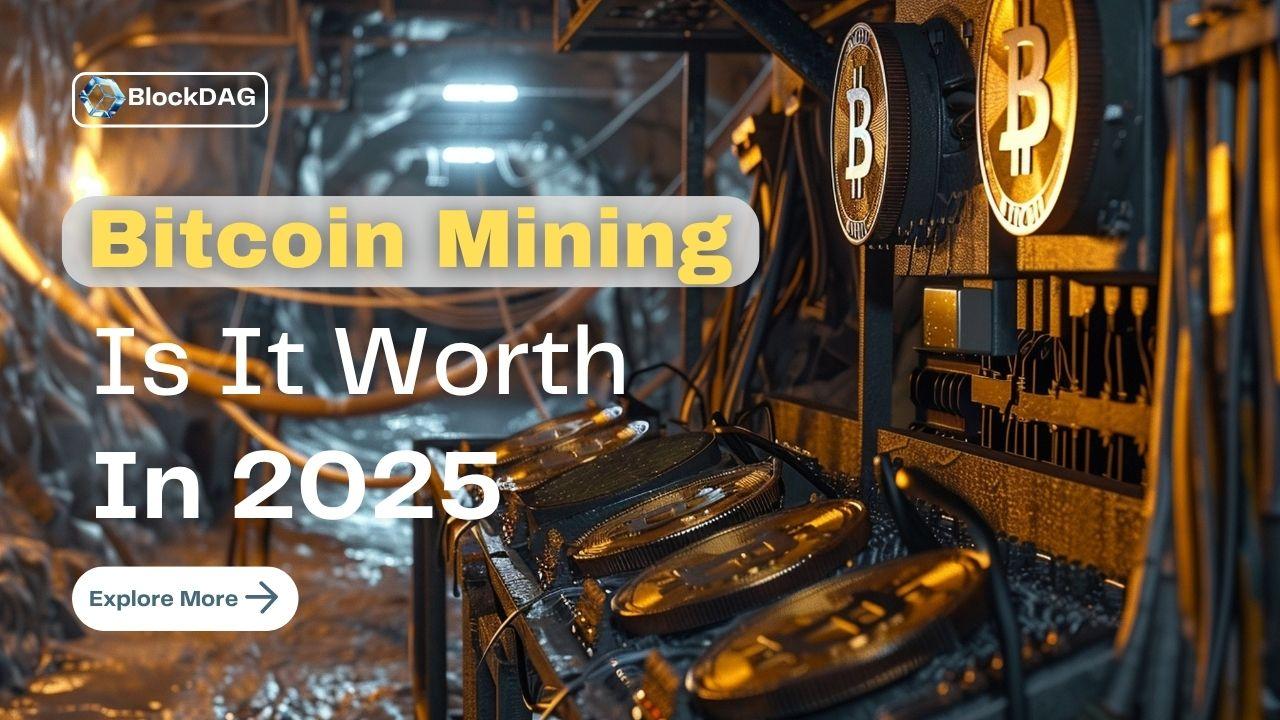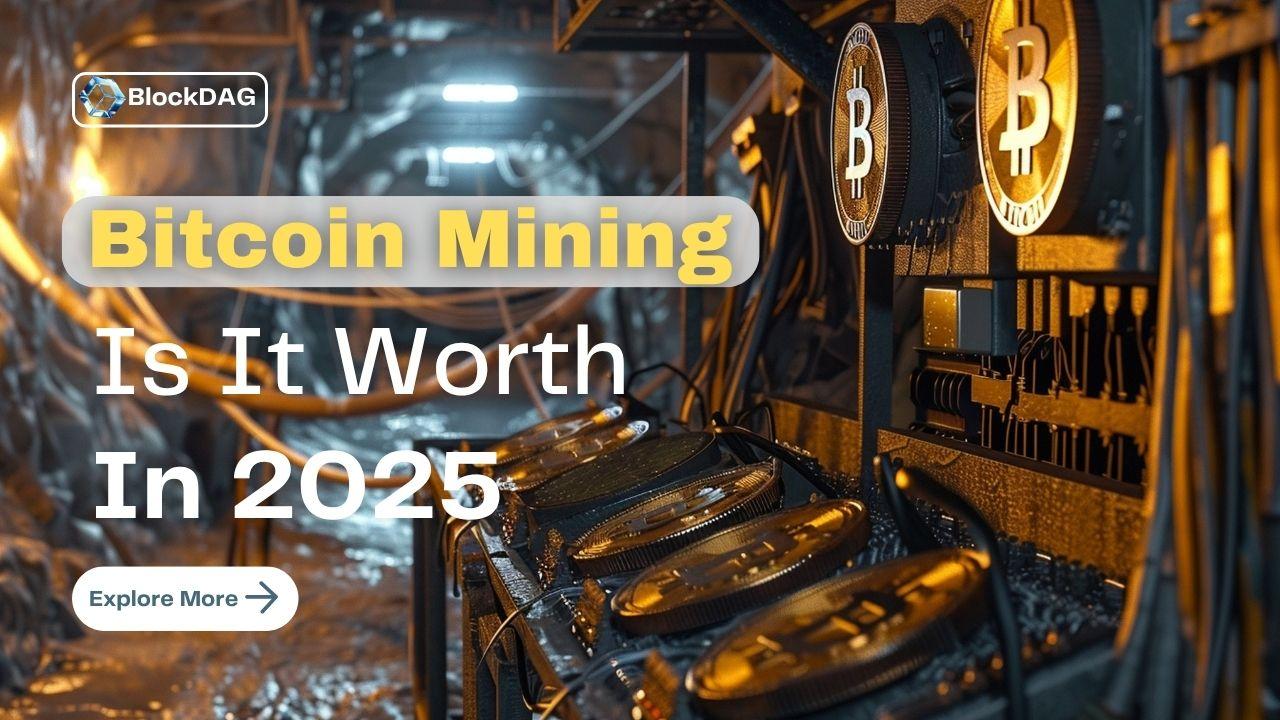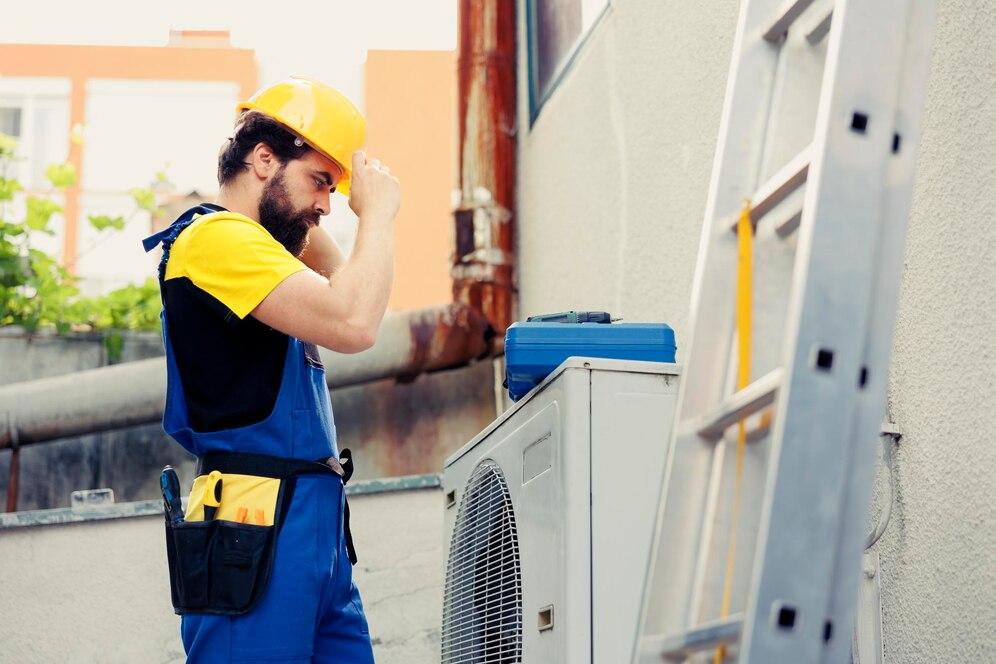Bitcoin Mining Machine Guide: Power, Profit, and Pitfalls

If you’ve spent any time in the crypto space, you’ve probably heard about mining. Not the pickaxe and hardhat type, but the digital version—where powerful computers solve complex puzzles to keep the Bitcoin network running. At the heart of it all lies one crucial piece of equipment: the mining machine. For many, this is where the dream of passive income begins, and for others, it’s the source of sleepless nights filled with the hum of fans and heat from overworked processors.
I still remember the first time I visited a friend’s mining setup back in 2018. The room was small, maybe 10 by 12 feet, but it felt like stepping into a server farm. The air was hot, almost dry, and the sound was like standing next to a dozen hair dryers running at once. It was strangely hypnotic. My friend grinned, pointing to his screen as he explained how each machine was solving cryptographic equations for a small reward in Bitcoin. At that moment, I understood the appeal—and the obsession.
These days, getting started isn’t as simple as plugging in your old laptop. If you want to compete, you need a bitcoin mining machine that’s built for the job. These aren’t your everyday computers; they’re specialized devices known as ASICs (Application-Specific Integrated Circuits), designed to do one thing extremely well: mine Bitcoin.
What Makes a Bitcoin Mining Machine Special
Unlike a regular PC, a bitcoin mining machine is engineered for maximum efficiency. Every watt of electricity it consumes is turned into hashing power—basically, its ability to solve the math problems that keep the blockchain running. This specialization means they can outperform even the most powerful gaming PCs by a massive margin.

But that performance comes with trade-offs. The machines are loud, generate significant heat, and, depending on your local electricity rates, can be expensive to run. Many miners even set up elaborate cooling systems or move operations to colder climates to keep costs down.
The Profit Equation
When people hear about mining, they often imagine plugging in a machine and watching Bitcoin roll in. In reality, it’s a bit more complicated. Your earnings from a bitcoin mining machine depend on several factors—Bitcoin’s current price, the machine’s hash rate, your electricity costs, and the overall difficulty of mining at that moment.
For example, if Bitcoin’s price surges, your machine might turn into a money printer overnight. But when prices drop or difficulty spikes, it could take weeks just to cover your electricity bill. It’s this constant balancing act that makes mining both exciting and nerve-wracking.
Common Mistakes New Miners Make
I’ve seen plenty of beginners make the same errors. They buy the most expensive bitcoin mining machine they can find, without calculating their electricity costs or checking if their electrical system can handle it. Some forget about heat management entirely—until they realize their “mining room” feels like a sauna.
Another common issue is underestimating maintenance. Dust buildup, fan failures, and firmware updates are all part of the game. A neglected machine can quickly lose efficiency, turning a profitable setup into a money sink.
Choosing the Right Bitcoin Mining Machine
When picking a bitcoin mining machine, the temptation is to chase the one with the highest hash rate. But it’s more about efficiency—how many hashes you can get for each watt of power. Models like the Antminer S19 or Whatsminer M30S are popular because they strike a balance between power consumption and output.
Of course, budget plays a significant role as well. Some people start small, testing the waters before scaling up. Others go all in with racks of machines from day one. I think starting modestly is wise—you’ll learn the quirks of mining without betting the farm.
Is Mining Still Worth It?
This is the million-dollar question. With Bitcoin halving events reducing block rewards every few years, the profitability of a bitcoin mining machine is always shifting. Large-scale operations have the advantage of cheaper electricity and better bulk pricing on hardware. For solo miners, it’s often a passion project rather than a guaranteed profit stream.
But there’s also something satisfying about being part of the network, about contributing to the security and decentralization of Bitcoin itself. For some, that’s worth the investment—even if the financial payoff isn’t massive.
The Human Side of Mining
I’ve met miners who treat their machines like old cars—naming them, talking to them, even patting them for “good luck” before a big night of hashing. Others run it like a pure business, swapping machines in and out like tools in a workshop. Either way, the bitcoin mining machine becomes more than just hardware. It’s a little piece of the future, humming away in your home or warehouse, connecting you to a global network that never sleeps.







